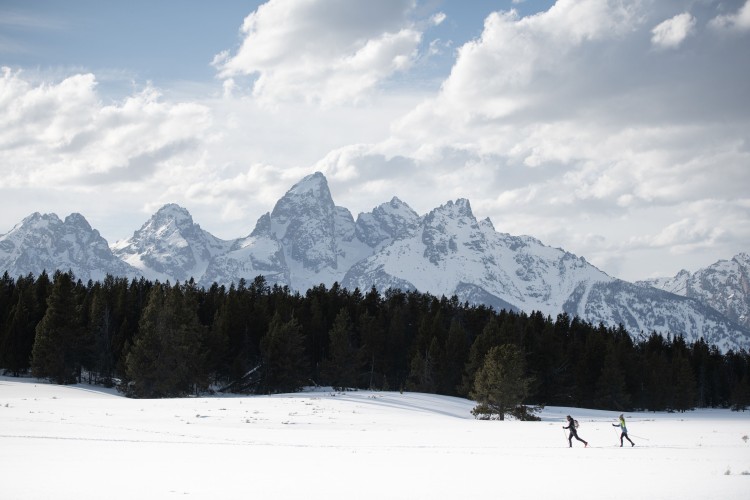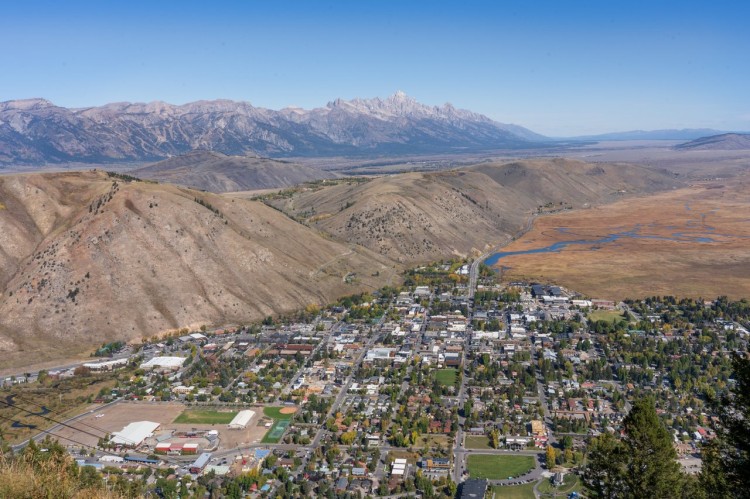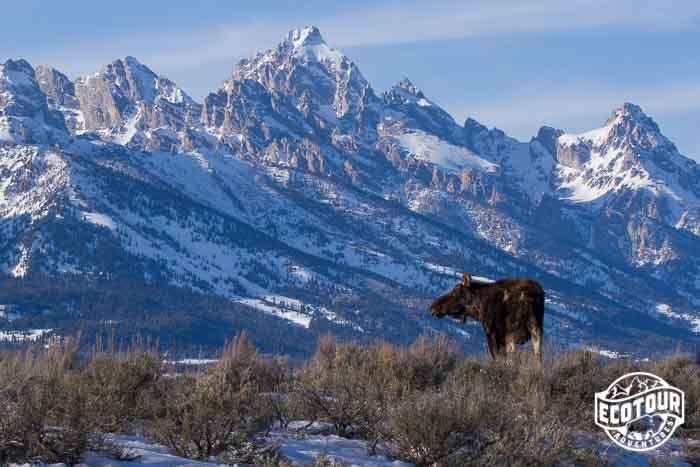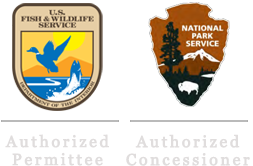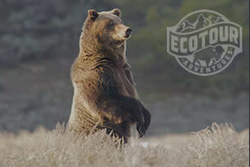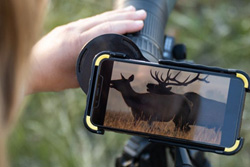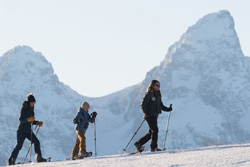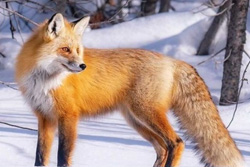JHNG Guest Shot: Maximize Value of State Trust Parcels by Preserving Wildlife Habitat
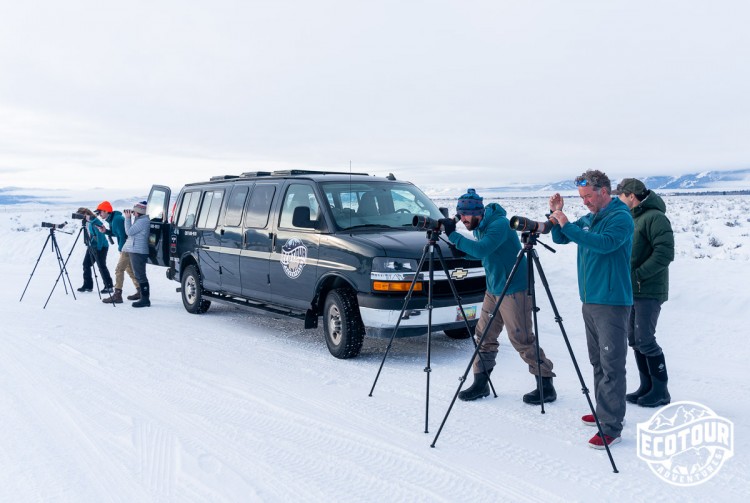
This Guest Shot by EcoTour Adventures Naturalist Josh Metten originally appeared in the Jackson Hole News and Guide on Wednesday December 2nd, 2020
Guest Shot: Maximize value of state trust parcels by preserving wildlife habitat
“What happens in Yucatán affects what happens in Greater Yellowstone and what happens in Greater Yellowstone affects Yucatán — and lots of other places,” muses naturalist Jack Turner in his book “Travels in the Greater Yellowstone.
It’s a quote I’ve used often over the last decade of guiding in Grand Teton and Yellowstone national parks to explain the interconnected nature of wildlife conservation. Though we may operate primarily in these protected areas, the wildlife whose lives we depend upon don’t see the invisible boundaries and each year must travel beyond them to survive the harsh Wyoming winter.
Though many of our bird species are now en route to places like the Yucatán, many of our large mammal species are now migrating across the Wyoming landscape. In Teton County that often means passing through or ending up on state trust lands outside the national parks.
The animals don’t know it, but right now the fate of these parcels is at risk as the Wyoming Office of State Lands and Investments considers proposals to develop them.
Each winter as I drive guests along Broadway in the town of Jackson, I point out mule deer wintering on the south-facing slopes of East Gros Ventre Butte. I look for collared does with fawns, wondering if they are the same ones I observed the previous summer in Grand Teton National Park. These deer are already feeling the squeeze of development that surrounds their extremely limited winter habitat. For now the state trust land they depend upon remains undeveloped.
As we head northeast along the Gros Ventre River in Grand Teton National Park we watch for migrating pronghorn in the aptly named Antelope Flats area. I’ve seen groups of over 300 pronghorn staging in these old hayfields, which were protected instead of developed 70 years ago by the expansion of the national park. To the east the Kelly State Trust Parcel facilitates their passage along the 100-plus-mile Path of the Pronghorn to winter range near Pinedale. I’ve also watched herds of elk pass through the mixed sagebrush and conifer forests of this parcel while moose browse in its aspen groves.
Other state trust parcels in Teton County currently under evaluation are no less valuable to wildlife. I have fond memories of viewing great gray owls, elk, moose and mule deer on Munger Mountain. The 390 parcel and surrounding conserved private land shelter large elk herds, moose and a mule deer migration route. Woods Canyon provides a much-needed respite from the busy trails of Cache Creek. Its thick forest and craggy walls undoubtedly shelter mountain lions that watch as I walk past.
Wyoming’s wildlife recreation economy generates a billion dollars of economic activity annually, a figure that is only growing as more people see the value of wildlife in our state.
Close to a century ago conservationists fought to protect the Jackson Hole valley from development, recognizing that the short-term economic gains of developing this priceless landscape fell far short of the long term benefits of keeping it wild. Today, few can find criticism of those efforts.
As we consider the “value” of state trust lands in Teton County we would be wise to remember this lesson, and Jack Turner’s words, because what happens on state trust lands affects what happens in Yellowstone, and lots of places around Wyoming.
Josh Metten works as a naturalist for Jackson Hole EcoTour Adventures. Guest Shots are solely the opinion of their authors.





